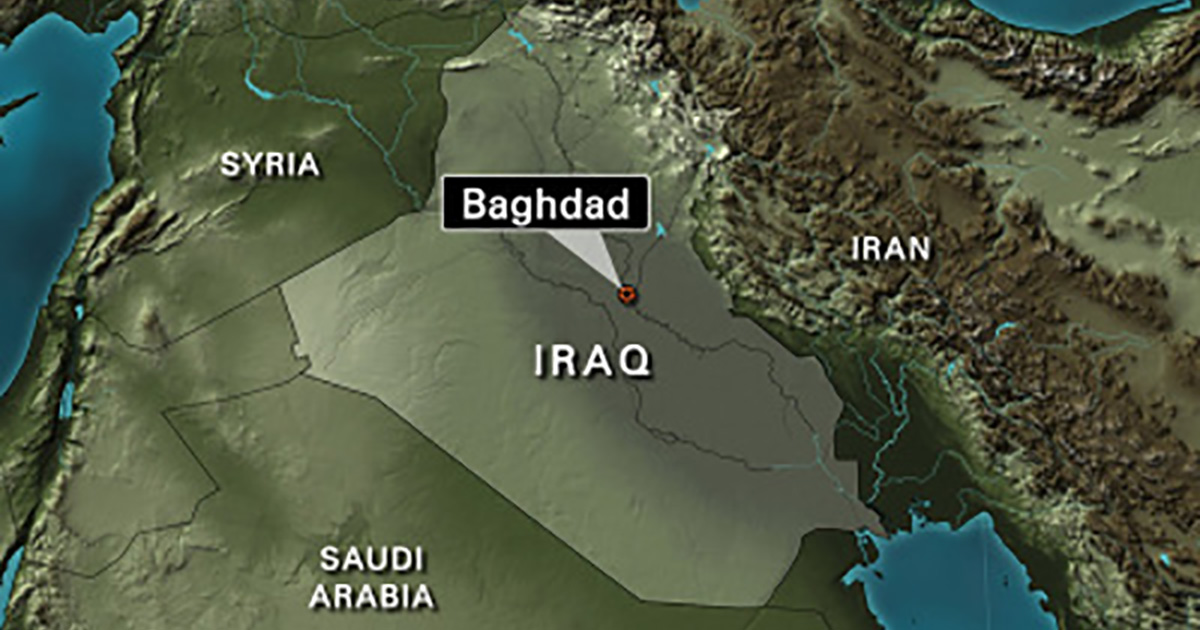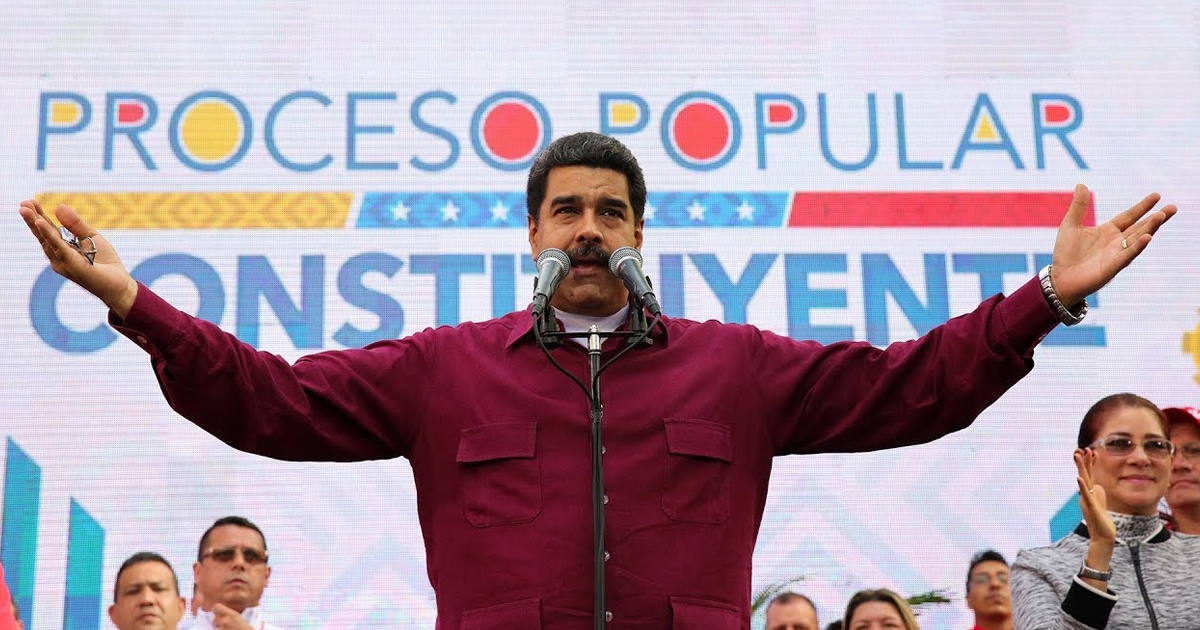While there has been a long-running rivalry between Shia Iran and Sunni Saudi Arabia, those sectarian tensions have only provided a little more fuel for a fire that has been burning slowly for decades. The Royal House of Saud has been less than kind to its Shia minority over the years. Meanwhile, its primary rival in the region, Iran, has always been willing to leverage Shia hostility against the Saudi regime when the opportunity presents itself. However, there are more immediate issues between the two nations as they compete for dominance in the Middle East and threaten to plunge the entire region into a bloodbath.
One of those is the spreading Syrian Civil War, which began almost five years ago when the Syrian military fired on peaceful protesters during the Arab Spring demonstrations. Dictator Bashar Assad has been a friend of Tehran for many years. He receives money as well as arms and soldiers from Iran through the Shia militant group Hezbollah. The Sunni rebels on the other hand are getting support from Saudi Arabia – as well as its ally, the U.S. Currently, the U.S. has its hands full, trying to prevent its dogs of war from teaming up with the wolf pack that is ISIS – also a Sunni organization.
This brings us to another bone of contention: Saudi Arabia’s alliance with the U.S. Iranian hostility toward the U.S. dates back over sixty years. In 1953, the Eisenhower Administration – goaded by British Prime Minister Winston Churchill – orchestrated the overthrow of the country’s first democratically-elected leader, Mohammad Mosaddegh, who had the temerity to nationalize Iran’s oil, then under the control of Anglo-Iranian Oil Company. Those actions put Shah Mohamad Reza Pahlavi back on the throne – and ultimately led to the Iranian Revolution of 1979. Although few Americans remember (or even know about) the overthrow of Mosaddegh, it is something that Iranians have never forgotten.
Oil is another issue. Saudi Arabia, the world’s biggest exporter of oil, is currently facing falling oil prices and a steep decline in revenues as a result. The Saudis are in panic mode; the government is having to make drastic budget cuts. The country may wind up having to return to a subsistence economy if the price of oil continues its downhill trajectory. That situation will only get worse once Iran is allowed to once again sell its own oil under the terms of the recent nuclear treaty. Currently, Iran has the capability of exporting a half million barrels of oil a day – and once they have rebuilt their outdated facilities, they will be able to do even more.
These aren’t the only sources of current tensions between Iran and Saudi Arabia; the civil war in Yemen has amounted to a proxy war between the two as Iran backs the largely Shia rebels and Saudi Arabia continues to prop up the Sunni government. Another sticking point is Iraq, a primarily Shia country that was long ruled by a Sunni minority. Today, the government is controlled by Shias – and not surprisingly, Iran is providing support for the country’s Shia militias. Iraq borders Saudi Arabia to the north. The Saudis are ready to offer support and protection for Iraq’s Sunnis, some of whom in turn are supporting ISIS. This puts Saudi Arabia in a rather awkward position, given its recent promises to form a coalition for the purpose of fighting Islamic terrorist organizations – including ISIS.
It’s a complicated and messy situation that has been developing for a long time. Saudi Arabia’s recent execution of Shia cleric Sheikh Nimr al-Nimr and his followers may prove to be the gasoline that turns a slow-burning fire into a conflagration.





